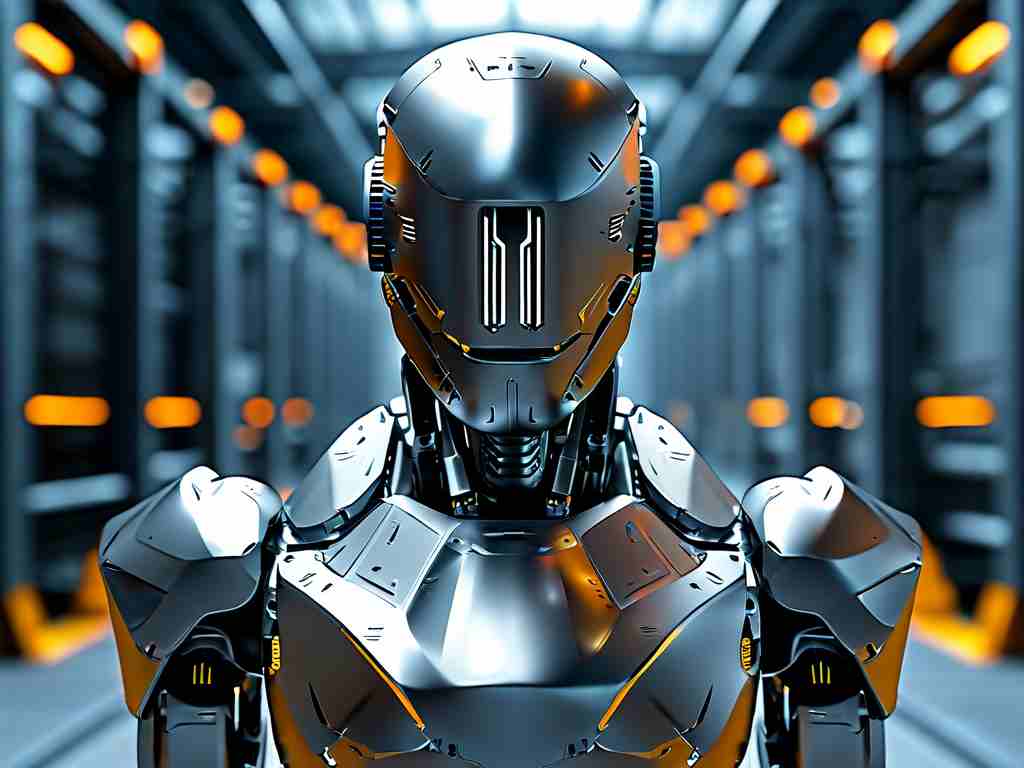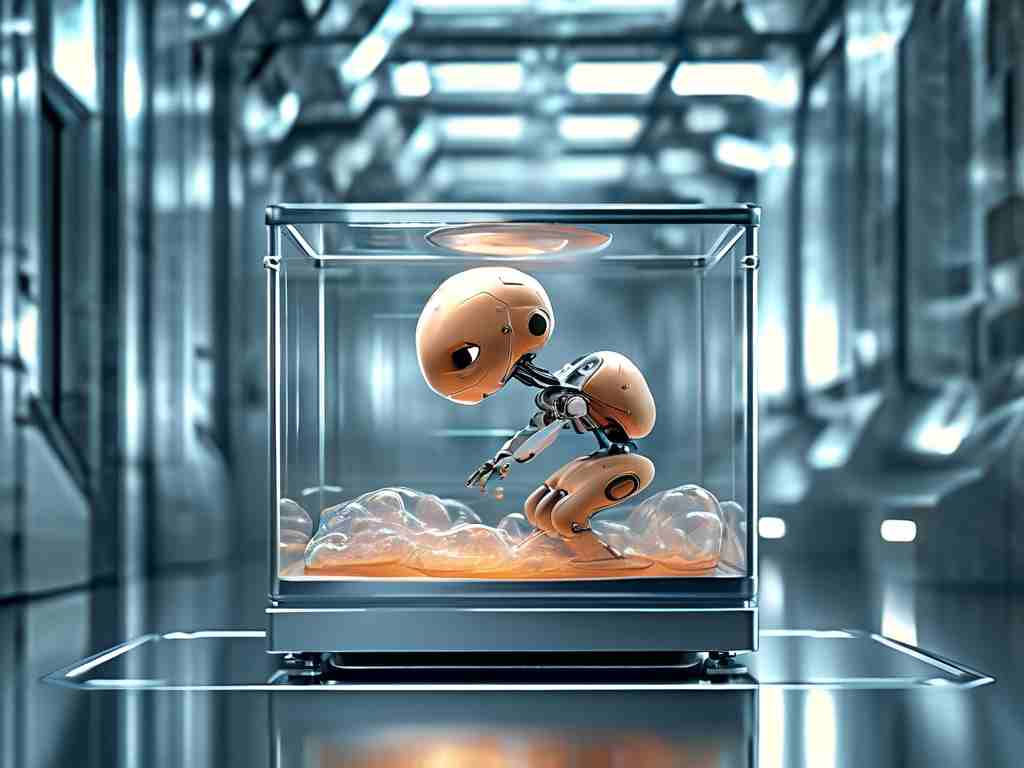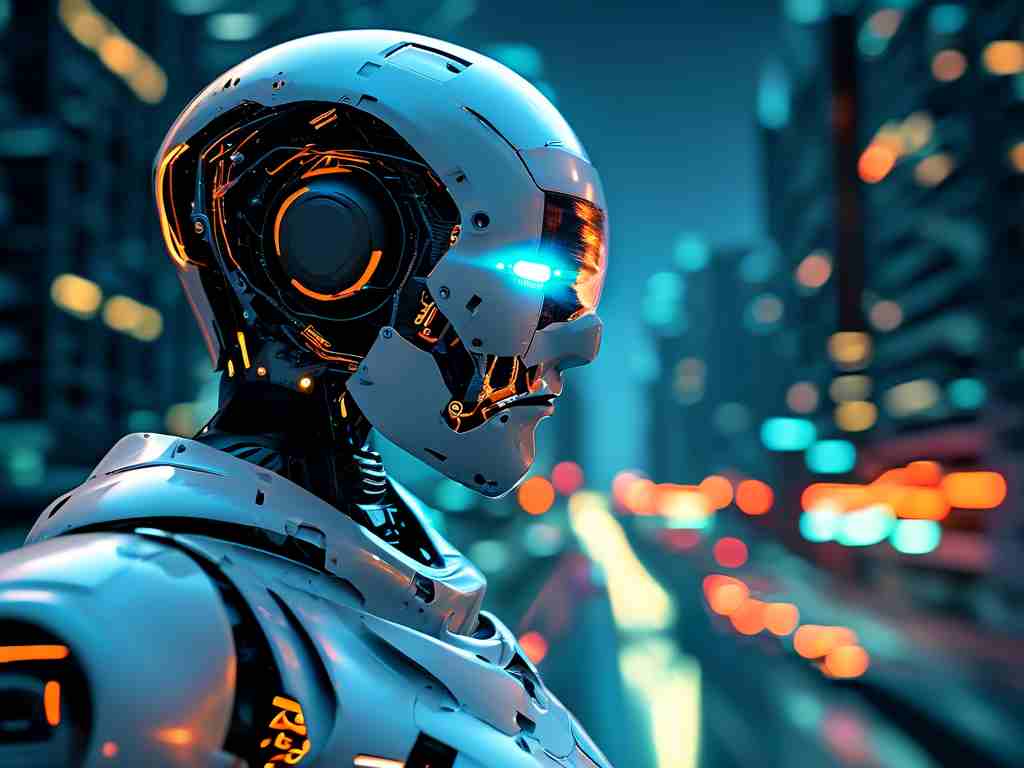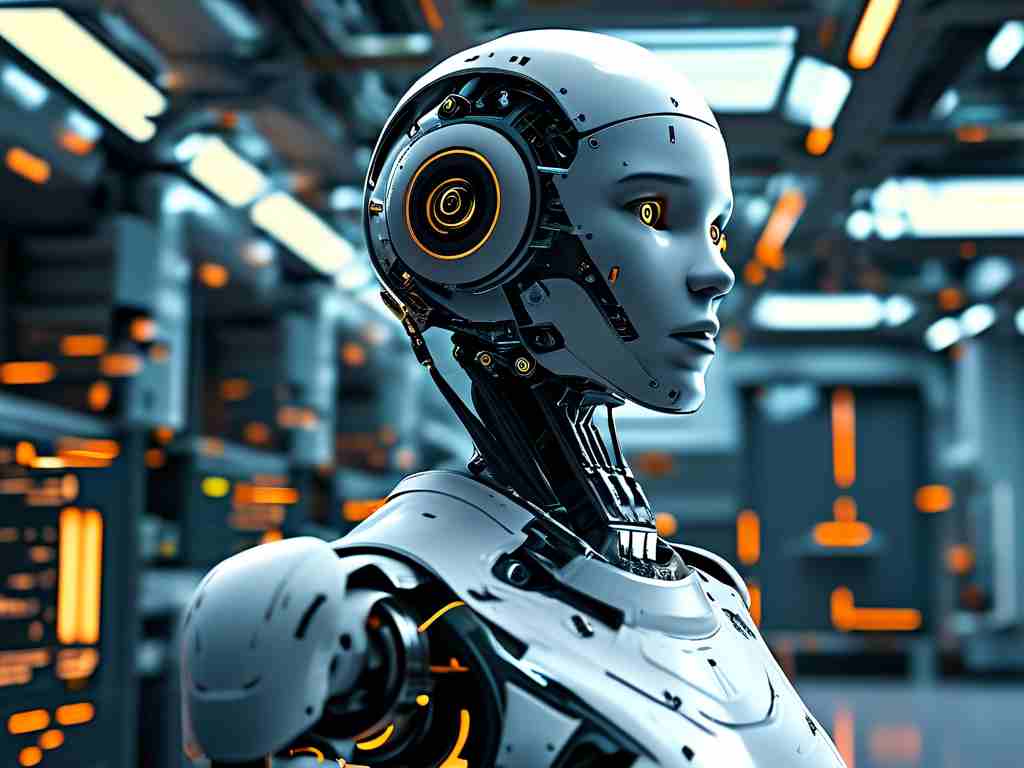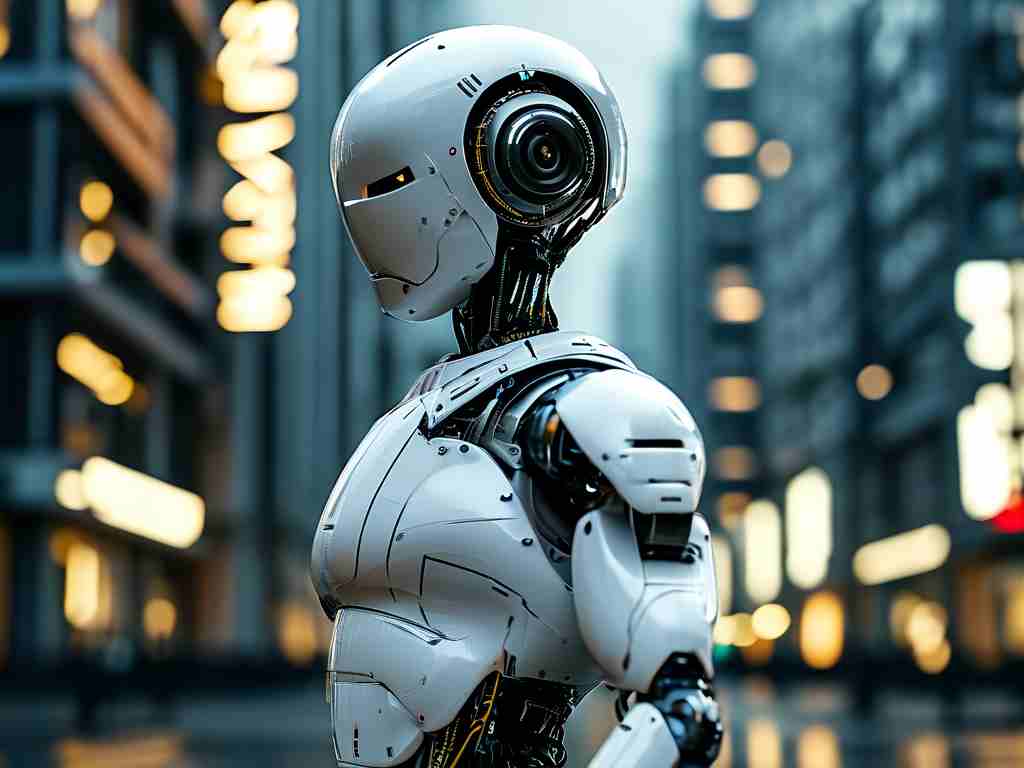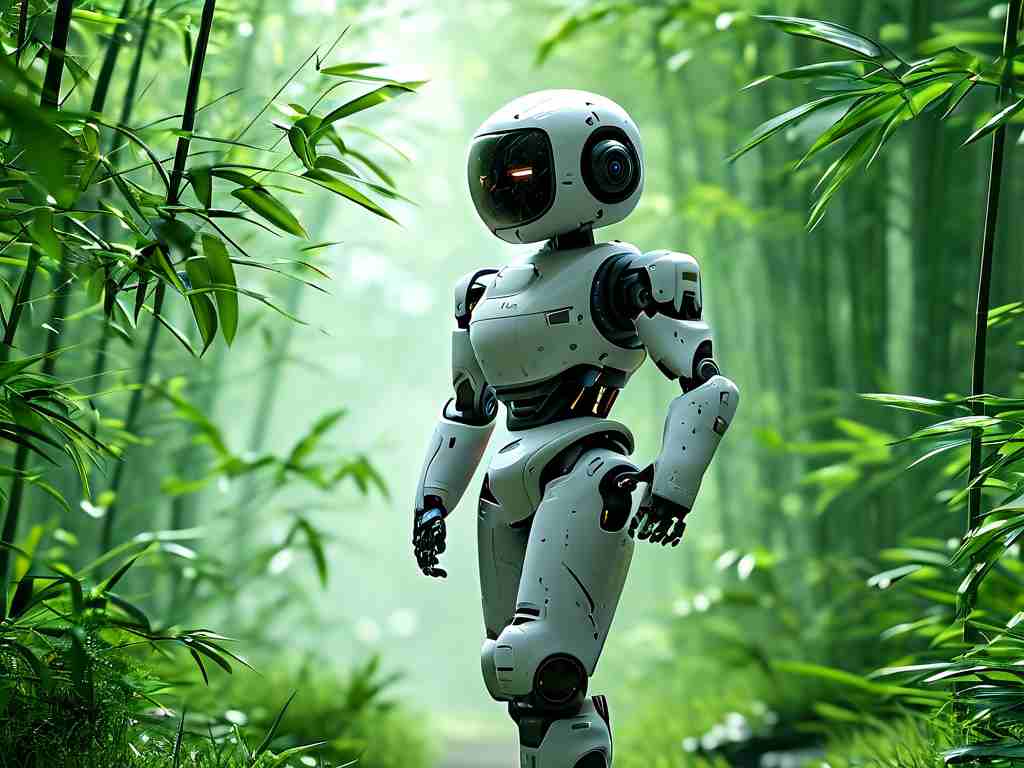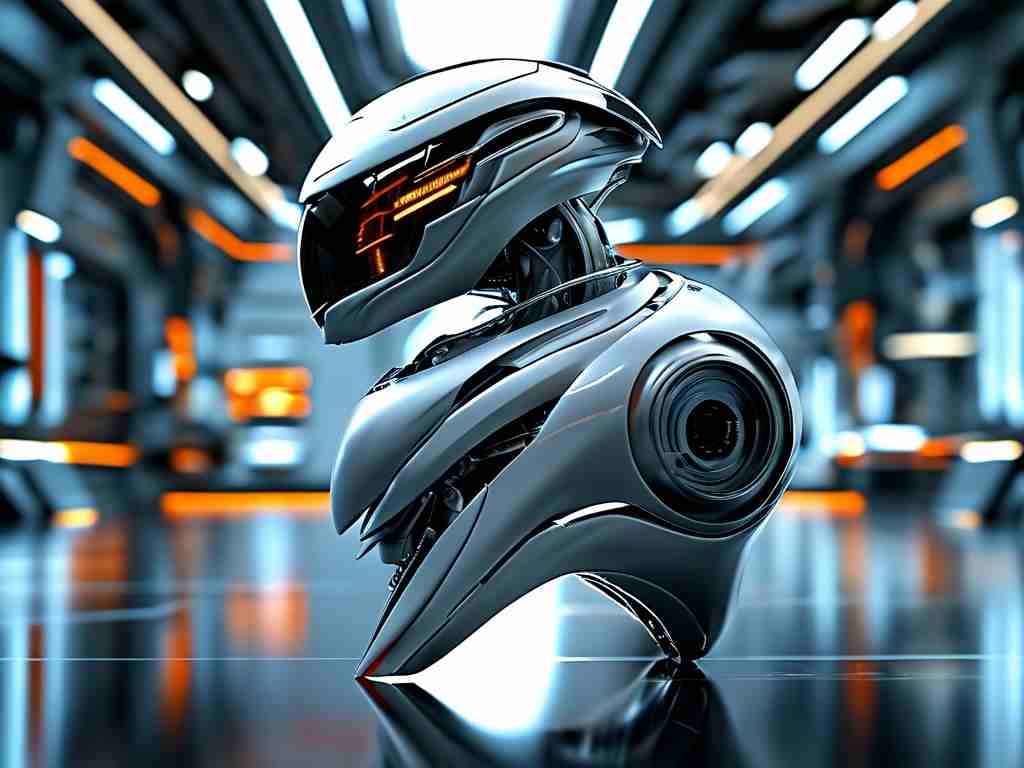The intersection of chess and robotics has captivated engineers and chess enthusiasts alike, creating a field where artificial intelligence meets tactile precision. Over the past three decades, advancements in chess robot technology have transformed these systems from rudimentary mechanical arms into sophisticated AI-driven platforms capable of challenging grandmasters. This article explores the milestones, challenges, and future directions of this rapidly evolving domain.
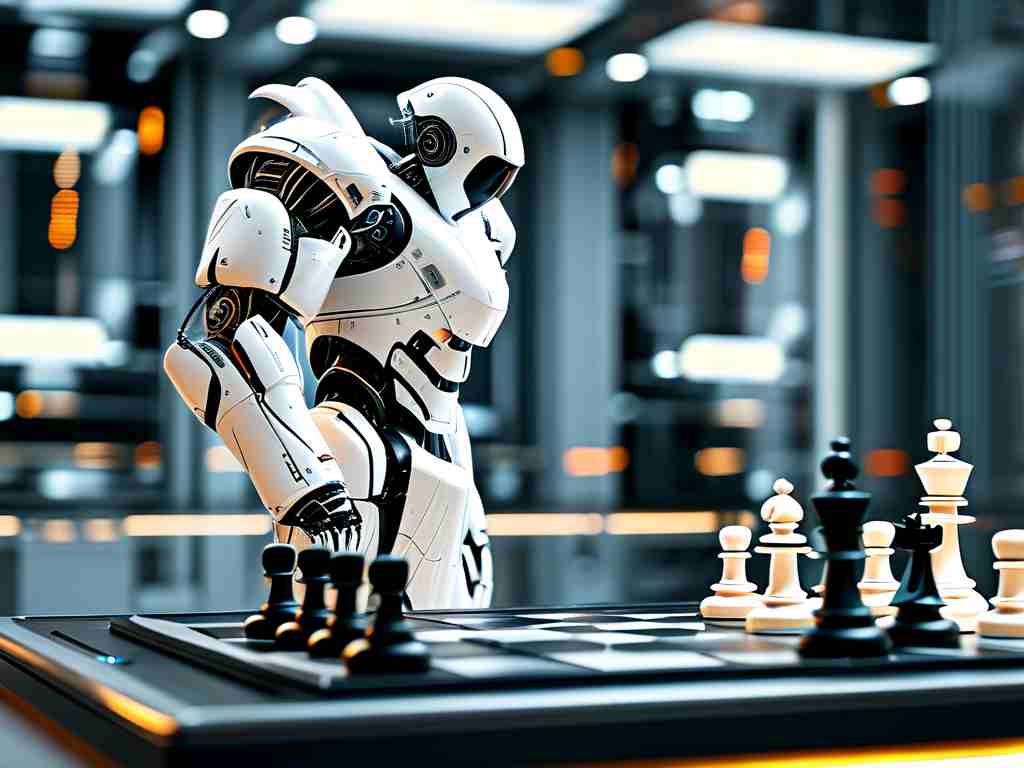
Early Foundations: Mechanical Precision
The first chess robots emerged in the late 20th century as experimental projects in universities and tech labs. These early models relied on pre-programmed movements and basic sensors to detect piece positions. A notable example was the "ChessMate MK1" (1995), which used magnetic pieces and a grid-based coordinate system. While limited to pre-defined openings and endgame scenarios, these prototypes demonstrated the feasibility of automating chess gameplay.
The real breakthrough came with the integration of chess engines like IBM's Deep Blue, which defeated world champion Garry Kasparov in 1997. Though not a physical robot, Deep Blue's success inspired engineers to combine algorithmic decision-making with mechanical execution. By 2005, hybrid systems began appearing at tech expos, pairing Stockfish-like engines with robotic arms capable of 3-axis movement.
The AI Revolution: Adaptive Learning
Modern chess robots leverage neural networks and reinforcement learning, a shift catalyzed by Google DeepMind's AlphaZero in 2017. Unlike traditional engines relying on brute-force calculations, AlphaZero's self-taught strategies revealed new dimensions of chess creativity. Contemporary robots like the "Millionaire Chess Robot" (2022) integrate these AI models with real-time adaptive hardware, adjusting grip strength and movement speed based on piece geometry.
Computer vision advancements have been equally transformative. High-speed cameras combined with convolutional neural networks (CNNs) now enable sub-millisecond piece recognition. For instance, the "VisionChess X3" system uses infrared depth sensors to detect illegal moves with 99.98% accuracy, addressing a persistent challenge in human-robot matches.
Technical Challenges: Bridging the Physical-Digital Gap
Despite progress, significant hurdles remain. Robotic latency—the delay between decision-making and physical execution—poses a critical limitation. While AI engines can calculate millions of positions per second, even state-of-the-art servo motors require 0.3–0.5 seconds per move. Research teams at MIT and ETH Zurich are experimenting with predictive motion algorithms, pre-positioning the robotic arm during opponent's turn to reduce lag.
Another challenge is tactile feedback. Unlike digital interfaces, physical chessboards demand nuanced force control. The 2023 "Huawei Lab" incident highlighted this issue when a prototype robot fractured a jade chess piece during testing. Current solutions involve multimodal sensors measuring pressure, texture, and weight distribution, but achieving human-like dexterity remains elusive.
Ethical and Competitive Implications
The rise of chess robots has sparked debates in competitive circles. While organizations like FIDE permit robotic assistants in training sessions, official tournaments maintain strict bans. Critics argue that robots could undermine the psychological aspects of human play, such as bluffing or time pressure tactics. Conversely, proponents highlight their educational value—the "ChessBot Edu" platform has reportedly improved student engagement by 40% in pilot programs across European schools.
Safety protocols have also gained attention. The 2021 "Moscow Open" incident, where a malfunctioning robot broke a player's finger, prompted new ISO standards for human-robot chess interactions. Modern systems now incorporate emergency brake mechanisms and proximity sensors, reducing collision risks by 92% according to 2023 safety audits.
Future Horizons: Quantum Leaps and Human Collaboration
Emerging technologies promise to reshape chess robotics further. Quantum computing prototypes, like IBM's QChess project, aim to solve chess's 10^120 possible positions—a feat impossible for classical computers. Meanwhile, collaborative robots (cobots) are being designed to enhance rather than replace human players. The "SynthMind Chess Partner" (2024 concept) uses emotion recognition AI to adjust gameplay difficulty based on the user's stress levels, creating adaptive learning experiences.
Researchers are also exploring non-traditional interfaces. Neuralink's ongoing experiments with brain-computer interfaces suggest a future where players could command robots through neural signals, potentially creating seamless human-machine chess collaborations.
From clunky mechanical arms to AI-enhanced partners, chess robot technology has undergone a remarkable evolution. As these systems grow more sophisticated, they continue to blur the lines between tool and opponent, raising profound questions about human-machine relationships in competitive spaces. What remains clear is that chess robots are no longer mere novelties—they're becoming indispensable tools for education, research, and pushing the boundaries of strategic thinking. The next checkmate might just involve a handshake between silicon and steel.


